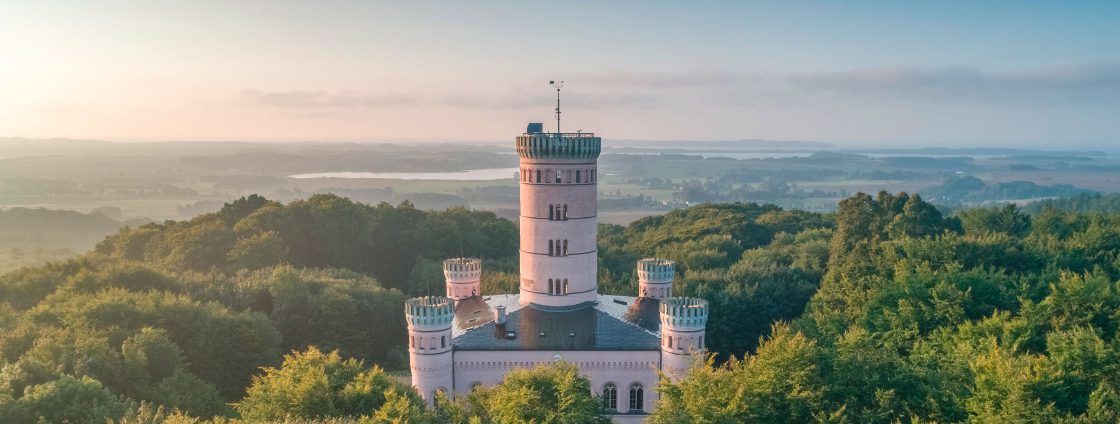Cooperation for the Climate
Thanks to funding provided by the German Federal Commissioner for Culture and Media (BKM), a new joint project is set to calculate the carbon footprints of eight member institutions of the Conference of National Cultural Institutions (KNK). The aim is to assess the energy and resource consumption and mobility emissions of these cultural institutions and use this information as a basis for crafting and implementing measures to effectively reduce these.
The carbon footprinting project will be conducted at the Fürst-Pückler-Park Bad Muskau Foundation, the GRASSI museums in Leipzig, the Dessau-Wörlitz Cultural Foundation, the Bauhaus Dessau Foundation, the Luther Memorials Foundation in Saxony-Anhalt, the Stiftung Schloss Friedenstein Gotha, the Wartburg Castle Foundation in Eisenach and the Prussian Palaces and Gardens Foundation Berlin-Brandenburg (SPSG). The SPSG has assumed responsibility for overseeing the project.
These nine nationally and internationally renowned institutions – many of which hold UNESCO World Heritage status – represent the rich diversity of cultural sites of encounter in the Federal Republic of Germany: a museum and commemorative site, palace, fortress, villa, orangery, and historical parks and gardens. Their uses and functions are equally heterogenous, as are their conservatorial and operational conditions. The project will gather data from renovated and unrenovated buildings with varying technological standards, with and without air-conditioning systems, along with their exhibition venues, gastronomy services, offices and residential units. The project team will assess visitor service departments, depositories, orangeries, horticultural buildings and greenhouses, as well as the technical and social areas related to maintaining and cultivating parks and gardens.
The calculations will also take into account employee and visitor mobility at the participating institutions. The institutions and cultural regions (metropolitan, urban and rural), to which the properties belong, are just as diverse as their respective audiences (regional, national and international). The task of gathering, transparently documenting and publishing data on this exemplary and highly heterogenous group of institutions will allow the KNK to transfer its newly acquired insights to other member institutions. The project will predominantly focus on identifying sources of CO₂ emissions at the cultural institutions, on the basis of which effective reduction measures can be developed and implemented, and a resource and environmental management system can be successively put into place. Inversely, this will likely reveal which insights cannot be adopted across the board and where site-specific measures are required for reducing resource consumption and greenhouse gas emissions.
